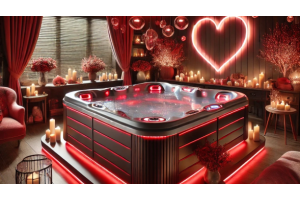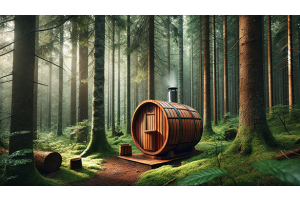What are the differences between Electric and Wood Fired Hot Tubs?

Electric and wood-fired hot tubs each have their own advantages and disadvantages based on heating method, cost, maintenance, and overall experience.
Here’s a breakdown of the key differences:
Heating Method
Electric Hot Tubs: Use an electric heater to warm the water.
They require a power source and can be controlled easily via a thermostat, allowing for consistent and precise temperature management
Wood-Fired Hot Tubs: Use wood-burning stoves to heat the water.
No electricity is required, but heating is less precise, and the temperature control relies on how much wood is used and how the fire is managed.
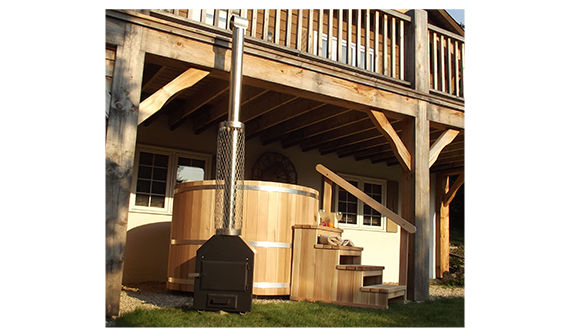

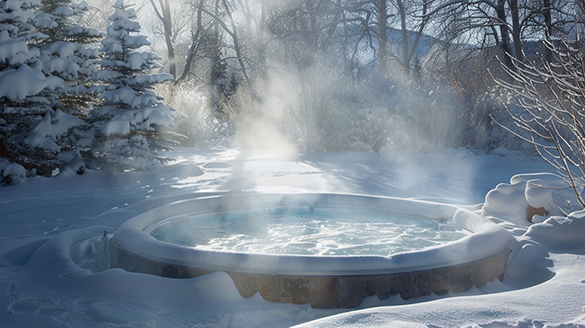

Heating Time
Electric Hot Tubs: Take longer to heat initially but can maintain a constant temperature with less effort.
The exact time depends on the size and power of the heater, but many electric tubs will take several hours to reach the desired temperature.
Wood-Fired Hot Tubs: Heat up faster, especially in cold climates, since fire can raise the temperature quickly.
However, getting the right temperature can require some manual adjustments during the heating process.
Cost
Electric Hot Tubs: Have higher ongoing energy costs since they need continuous electricity to maintain the water temperature, but initial installation can be simpler if electrical infrastructure is already in place.
Wood-Fired Hot Tubs: Typically have lower operational costs, especially if wood is readily available or inexpensive.
However, the initial cost of a wood-fired model may vary based on the materials and stove type.
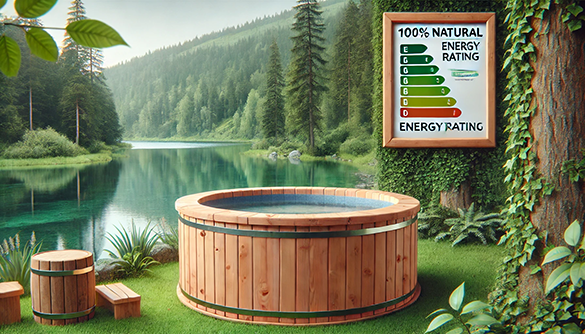

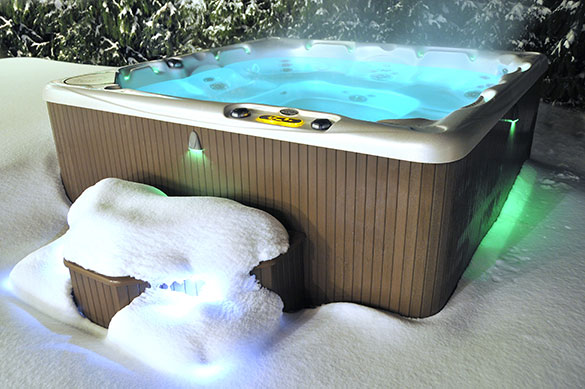

Maintenance and Convenience
Electric Hot Tubs: Easier to maintain in terms of temperature control and cleaning.
They often come with filtration systems, automated controls, and can be set to heat on a timer.
Wood-Fired Hot Tubs: Require more hands-on maintenance.
You’ll need to start and manage the fire, clean out the ashes, and monitor the water manually.
There’s no automated system to regulate temperature, so it needs more attention during use.
Unlike electric hot tubs, wood-fired hot tubs usually don’t have a permanent electric supply and built-in filtration or water circulation system, which means debris, dirt, and bacteria can accumulate over time.
You’ll need to regularly empty the hot tub, and manually filter the water or use a skimmer net continuously to keep it clean.
Environmental Impact
Electric Hot Tubs: Use electricity, which can come from renewable or non-renewable sources, depending on your location and energy provider.
Wood-Fired Hot Tubs: More environmentally friendly if using sustainably sourced wood.
However, wood smoke can contribute to air pollution, depending on local regulations and conditions.
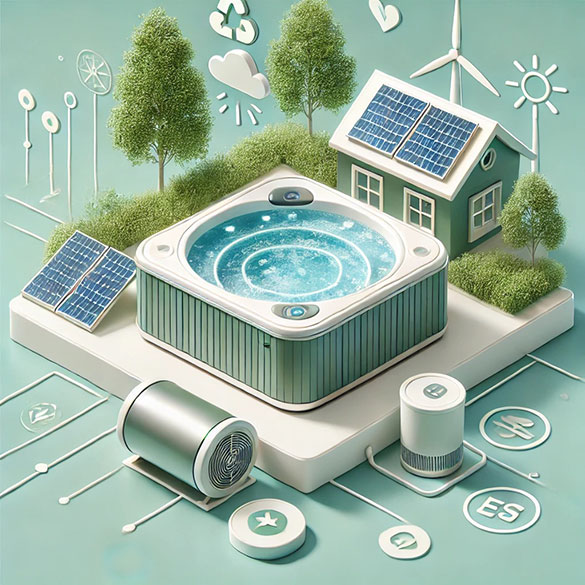



Aesthetic and Experience
Electric Hot Tubs: Tend to have a modern appearance and can come with features like jets, LED lighting, and digital controls, offering a more luxurious and hot tub-like experience.
Wood-Fired Hot Tubs: Provide a more rustic and natural experience.
Many people enjoy the process of building a fire and the feeling of soaking in a tub heated by natural elements.
The ambiance can be charming and relaxing for those who prefer a back-to-nature experience.
Location Flexibility
Electric Hot Tubs: Require access to an electrical connection, so installation may be limited to areas near power sources.
Wood-Fired Hot Tubs: Can be installed in more remote locations, as they don’t require electricity, making them ideal for cabins, off-grid settings, or back-to-nature retreats.
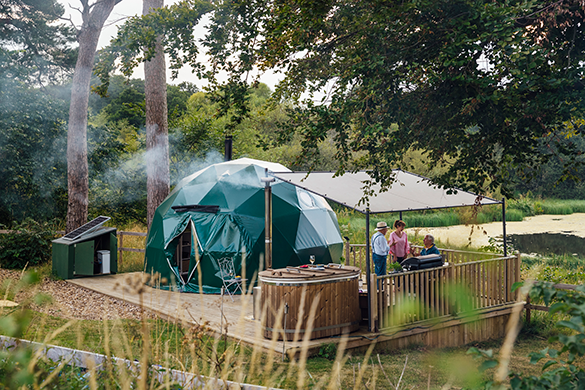

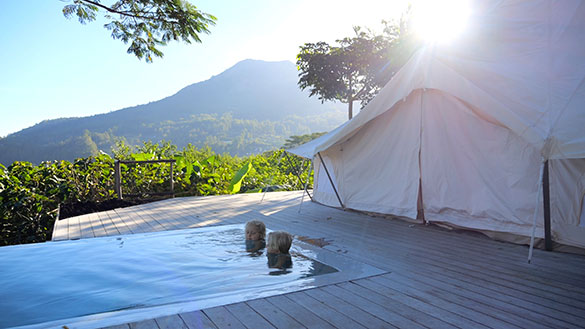

Temperature Consistency
Electric Hot Tubs: Offer consistent temperature control, which can be maintained for hours or even days without intervention.
Wood-Fired Hot Tubs: Temperature may fluctuate depending on how well the fire is managed and how much wood is used, so it requires more attention to keep the water at the desired temperature.
Noise Pollution
Electric Hot Tubs: May produce noise from the pump, heater, or jets, though many are designed to minimise sound.
Wood-Fired Hot Tubs: Generally quieter, with only the sounds of the crackling fire and the water, making for a more peaceful and natural ambiance.
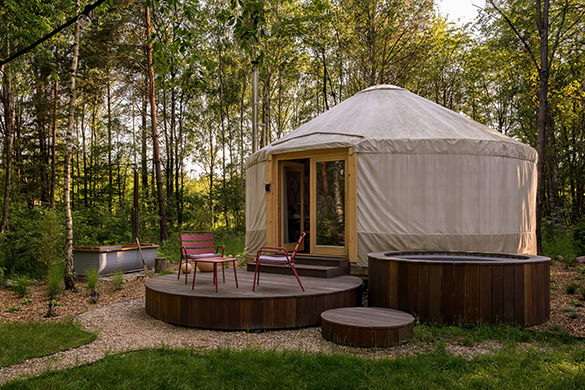

In summary, electric hot tubs offer more convenience, precise temperature control, and additional features, but come with higher ongoing costs.
Wood-fired hot tubs provide a rustic, eco-friendly experience and lower operational costs but require more manual labour and attention during use.
The best choice depends on personal preference, location, and lifestyle.




